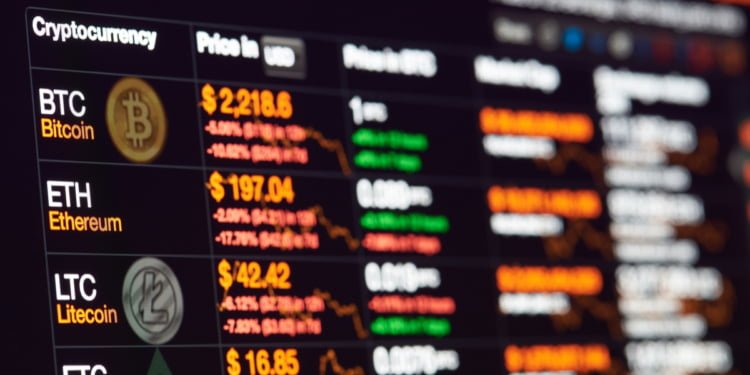The cryptocurrency industry wasn’t how it is now. The regulations, rules and lawful conduct was nothing but a dream for some members of the market. Transparency and supervision in exchanges weren’t given importance, however, this has changed over the years.
As we know, the community was facing a lot of issues due to this negligence towards regulation, and making the industry a fair playground; they decided to develop industry standards.
Finding a way between Scylla of Risks and Haribda of Regulations
There’s no denying that lack of regulation allows growth of the industry and motivates autonomy, however, just like a fiat coin – there are two sides to this. The dangers of no regulation are many, for example, users losing all their funds while using Mt. Gox. Along with raising concerns about lack of regulation, the Mt. Gox fiasco also highlighted the lack of transparency certain exchanges had.
This led to the emergence of exchanges that provided transparency, focused on regulation and welcomed the idea of a fairer system. RightBTC and Gemini were two of the most popular exchanges of this new wave.
The importance of transparency: No more cheating!
Even though it may not look like a lot, transparency plays a significant role in retaining customers. The number one concern of a crypto user revolves around transparency and clarity in the blockchain industry. As opposed to several other finance options, a majority of blockchains are completely transparent. An exchange that engages in transparent behavior means that it will support the coin and token system.
These days, transparency and the crypto community go hand in hand. Traders and investors can routinely check information and compare different exchanges with data from the entirety of the market to ensure accuracy in everything.
Such kind of data is routinely collected and segregated by organizations like the Blockchain Transparency Institute. In August, an ‘initial exchange rankings report’ was created to spread awareness about the practices of the top 131 exchanges. For example, the supplied data reveals that Poloniex has 48,333 per day visitors, COSS has direct access of 0.67%, and also that RightBTC has a volume of $16,398,671.
Next stop: Transparent Regulation
Daniel Wager is a vice president of LexisNexis Risk Solutions, the data science company. He formerly worked in the New York High-Intensity Financial Crime Area, where he supported money laundering and terrorism finance investigations and was a Supervisory Special Agent at the U.S. Department of Homeland Security, as well as a Special Agent with the U.S. Customs Service, Department of the Treasury. He considers transparency to be the great milestone crypto world needs to reach.
We all have opinions when it comes to transparency in cryptocurrency, but, here is what Daniel Wager feels transparency is paramount for the comfort of both, the exchange and the customer. The level of transparency is to be set for regulated institutions to meet regulatory concerns around money laundering, fraud, and economic sanctions.
The crypto industry is relatively new, and it will take some time for the system to sail smoothly. However, with the increasing number of coin offerings, regulatory regimes will have to come up with something efficient, real quick.
He also added:
“In the current climate, cryptocurrency is a ripe target for illicit financiers, and legitimate actors in the crypto space don’t want to facilitate criminal activity.”
Crypto world learns on its own mistakes
Don’t let the newness of the crypto industry fool you into thinking of it as a fad. In a matter of around nine years, the community has put forward its expectations from exchanges, which has given the right direction to this industry. The argument that regulation would make its way in eventually hold weight but the issues caused by Mt.Gox triggered this new wave, and we’re thankful.























